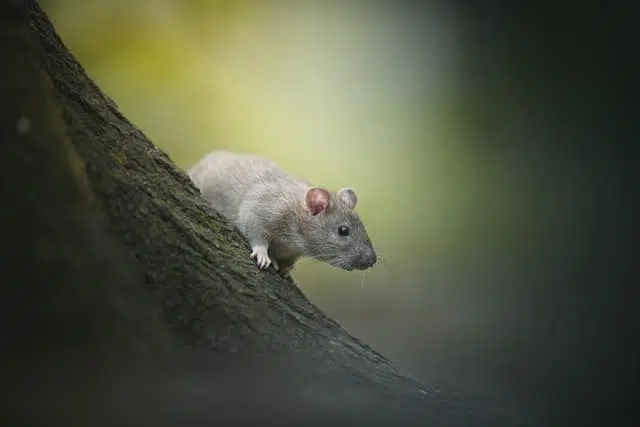Wondering How Long Do Rats Live? Let’s Find Out!
Would you like to have a rat as a pet? If yes, do you want to know how long rats live and their average lifespan?
Whether or not you admit it, rats are a part of our life. Some people see rats as disease-ridden and dirty creatures, but they make great pets, and many love them.
One of the most common questions potential rat owners have is how long these furry creatures live. The answer, unfortunately, is not always clear. Rat lifespan varies widely depending on several factors, including diet, exercise, and genetics.
The Life Expectancy of Rats
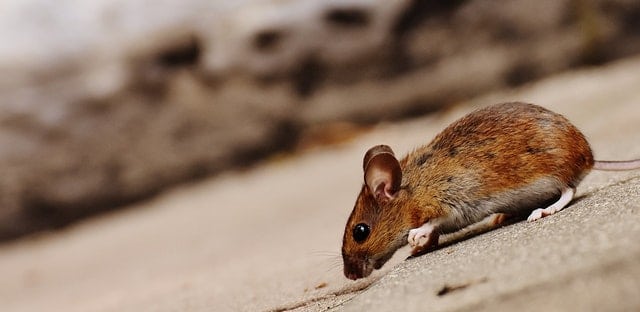
The life expectancy of any given animal depends on several factors, including diet, habitat, and whether or not it is subject to predation.
In general, animals that are smaller in size tend to have shorter lifespans than larger animals.
For example, the average lifespan of a house mouse is only about two years, while the average lifespan of an African elephant is nearly 70 years. Similarly, animals that live in captivity often have longer lifespans than wild animals.
On the other hand, the average lifespan of a captive gorilla is over 50 years, while the average lifespan of a wild gorilla is only about 35 years. Ultimately, the specific lifespan of any given animal is determined by its biology and lifestyle.
Factors to Consider In Determining The Lifespan
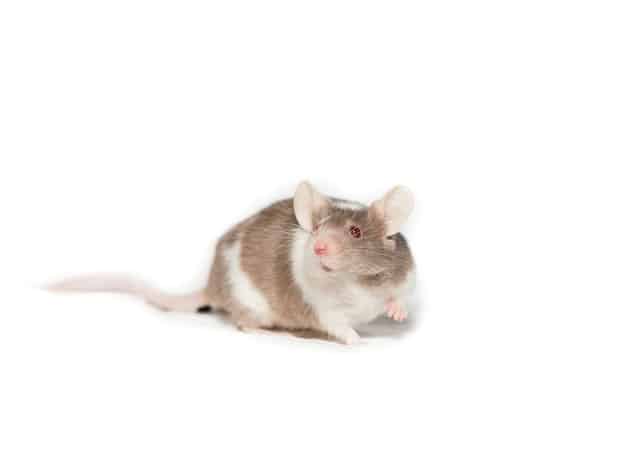
One must consider several factors when determining how long rats live. The first and most significant factor is the type of Rat. For example, the average lifespan of a laboratory rat is about two to three years, while wild rats typically only live for one to two years.
The diet also plays a role in longevity, with well-nourished rats generally living longer than those malnourished. Such as, wild rats usually have shorter lifespans due to predation and other dangers, but captive rats are protected from these threats.
Generally, female rats used to live longer. Factors affecting a rat’s lifespan include diet, exercise, and genetics.
Lifestyle choices such as exercise and avoidings stress can also impact how long rats live. In general, well-cared-for rats can enjoy a long and healthy life.
Exciting Facts About Rat’s Lifecycle
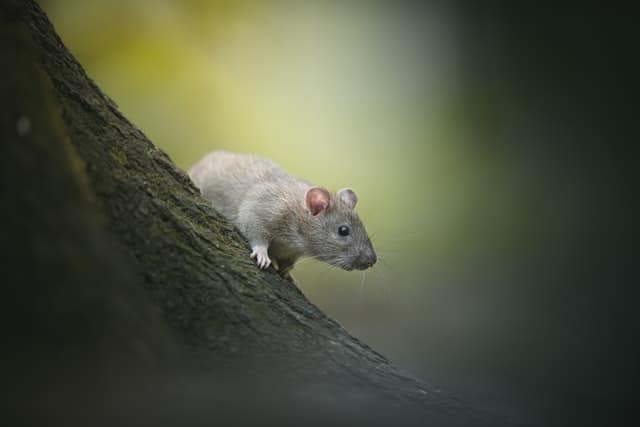
Rats are interesting creatures, and their life cycle is fascinating to observe. At the time of birth, rats are visually impaired and deaf, and they are utterly dependent on their mother for food and sanctuary.
However, they overgrow and can see and hear within a few weeks. Soon after, they explore their surroundings and socialize with other rats. At about a month and a half, rats arrive at sexual development and can start replicating.
Rats usually live for 2 to 3 years in the wild, but captive rats can live for up to eight years. During their lifetime, rats produce anywhere from four to fourteen offspring.
Although rats are often considered pests, they are brilliant animals and can make loyal and loving pets. If you care for them, rats can live many years despite age-related changes.
Three Stages of the Rat Life Cycle
Stage One – The Baby Rat
Being born without senses or the ability to walk makes rats rely on their mother for so long. It’s also why they overgrow during this time – after just one week of being able to take care of themselves.
Babies start seeing again and can haul around food in addition to walking!
After two to three more weeks, all baby rats are upright creatures who have learned how best to defend themselves against any possible danger ahead, but not before giving kisses goodbye.
Stage Two – The Juvenile Rat
The juvenile stage of a rat’s life lasts about eight weeks, during which they overgrow and learn essential skills. Their brains are growing and developing rapidly during this period, making them highly receptive to new experiences.
At this stage, they learn new tricks and how to socialize. During the juvenile stage, rats also develop their sense of smell, which is essential for finding food and avoiding predators.
At the end of the juvenile stage, rats will have reached their full adult size and will no longer be growing.
At this point, rats will spend the rest of their lives gradually losing muscle mass and bone density while their brain continues to decline in size and function.
Stage Three – The Adult Rat
A rat typically reaches adulthood at around six months. Now they are capable of reproducing. Adult rats are generally more significant than their juvenile counterparts, weighing anywhere from half a pound to a pound.
Adult rats are aggressive and may fight with other rats for food or territory. However, not all adult rats are equally aggressive; some individuals may be more docile than others.
Other physical changes that occur during adulthood include the loss of baby teeth and the development of longer, sharper incisors. Regarding behavior, adult rats are typically more active than juveniles and frequently explore their environment.
They also tend to be more independent and may spend less time near other species members. Adult rats exhibit several distinct physical and behavioral changes from their juvenile counterparts.
Let’s explore how long rats live. According to the different types:
Types of Rat That Live in the Wild
Three main types of rats live in the wild: the Brown Rat, the Black Rat, and the Norway Rat;
#1 The Brown Rat
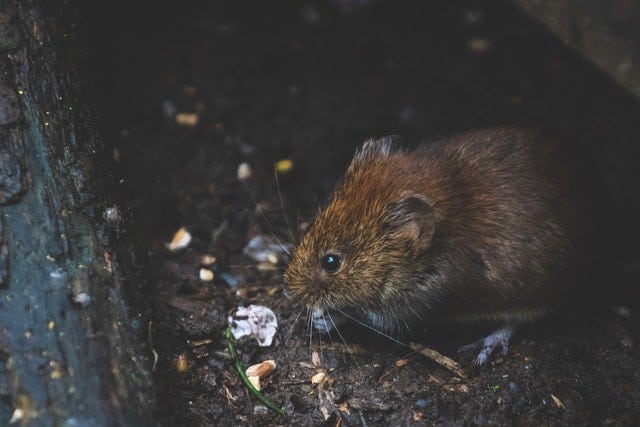
It is among the three’s largest, with a body growing up to 40cm long. They are brown all over, with a long tail that is often lighter in color than the rest of their fur. Brown Rats are good swimmers, and they are usually found near waterways.
#2 The Black Rat
It is more modest than the Brown Rat, with a body around 25cm long. As their name proposes, they are dark, with lustrous fur. Dark Rats are great climbers and frequently construct their homes in trees or on the tops of structures.
#3 The Norway Rat
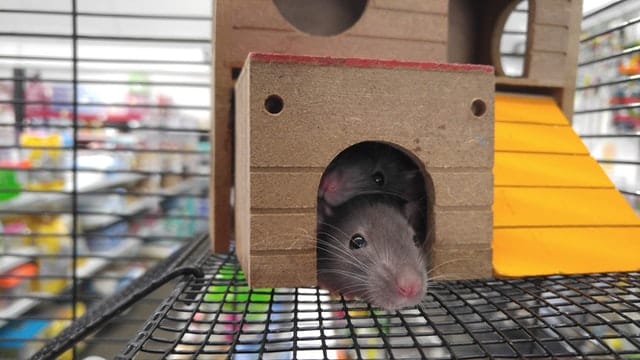
Also called Sewer Rats, they are often found in sewers and other underground areas. They have a stocky body that grows to around 30cm in length, and their fur is brown with a greyish tinge. Norway Rats are good diggers and often build burrows in which to live.
How Long Do Wild Rats Usually Live?
In the wild, rats typically live for 2-3 years. However, rats are well cared for and protected from predators; they can live for up to 5 years. The most extended recorded lifespan for a rat in captivity is eight years.
Wild rats are typically brown or black, while captive rats can come in various colors and patterns. Rat fur is generally coarse and oily, which helps to protect them from dirt and moisture.
They are capable swimmers and climbers, and their long tails assist them with keeping up with balance. Their sharp incisors are used for chewing, and their front paws have claws used for grooming.
Rats are very sociable creatures, and they typically live in large colonies. In the wild, rats are considered pests because they can carry diseases affecting humans and other animals.
However, many cultures keep rats as pets because of their intelligence and playful nature.
What Kind of Rats are Commonly Found as Pets?
Pet rats are relatively low-maintenance pets that can make great companions. One of the things in many that attract people to pet rats is their lifespan.
Overall, they live somewhere in the range of two and four years. With appropriate consideration, a few pet rodents have been known to live for as long as six years.
While this is shorter than the lifespan of many other pets, such as dogs and cats, it is still long enough to form a strong bond with your Rat.
Moreover, they are amiable animals and do best when they live two by two or in little gatherings. So, even though your Rat will not be with you for as long as some other pets might be, it will still be a loyal and loving companion.
Two main types of rats are kept as pets: fancy and hairless.
Fancy Rats And Hairless Rats
Fancy rodents or rats grow more daily and come in different varieties and coat designs. Hairless rats are less common, but they have the advantage of being low-maintenance in grooming.
Both types of rats are intelligent and social animals, and they can make great pets for people willing to provide them with the care they need.
How Long Do Fancy And Hairless Rats Usually Live?
Fancy and hairless rats are two of the most popular varieties of pet rats. But how long do these creatures usually live?
On average, a healthy fancy rat will live for 2-3 years, while a hairless rat has a lifespan of around 1-2 years. However, it is not uncommon for rats of both varieties to live for 4-5 years or longer with proper care.
The key to prolonging a rat’s life is to provide it with a clean and spacious cage, a healthy diet, and plenty of opportunities to play and exercise. Your Rat will be a beloved companion for many years with proper care.
Average LifeSpan of this Pesky Creature
So, after this detailed analysis of different species of rats, if we talk about how long rats live? Then the average lifespan of an average rat is usually 2-3 years. But rats have been documented to have lived up to 8 years in captivity.
In many cases, rats’ life expectancy is very limited in the wild because of hunters, sickness, and the absence of food. Rats are very resilient creatures, though, and have been known to survive against all odds.
How to Help a Rat Live Longer
As any rat owner knows, these furry little creatures can make excellent pets. Rats are intelligent, relatively easy to look after, and playful. But like all other animals, they also have an average or limited lifespan.
The average life expectancy for a pet rat is 2-3 years, although some rat species may live longer. We can help our pet rats to live healthy and long life.
Keeping an animal healthy and happy is a top priority. Rats are no exception – they can make loyal and affectionate companions with proper care.
As a pet rat owner, you want to know how to care for a rat, so you would stop wondering how long rats live healthily. Here are just a few tips:
★ First, provide your Rat with a clean and spacious cage. Rats are naturally tidy creatures, and a clean cage will help to prevent disease. Clean the cage regularly and provide plenty of fresh bedding.
★ Second, give your Rat a balanced diet. A healthy diet for a rat includes fresh vegetables, fruits, and high-quality pellet food. Do not give your pet rat processed foods or sugary treats; these foods lead to health issues.
★ Third, provide your Rat with plenty of opportunities to exercise. Rats are active creatures and need plenty of space to run and play. A small exercise wheel is a great way to keep your Rat active and healthy.
These simple tips can help your Rat enjoy a long and healthy life.
Some Common Health Problems That Can Affect Rats And Lead To An Early Death
Common health problems affecting rats and leading to early death include respiratory infections, heart disease, and cancer.
Some Health Problems Faced by Rats
- Respiratory contaminations are the most well-known reason for death in youthful rodents and can be brought about by different infections, microorganisms, and parasites.
- Heart disease is also a leading cause of death in rats, and it is often the result of a genetic defect or condition that affects the heart muscle.
- Cancer is another common health problem in rats; it can affect any body part. While many treatment options are available for these health problems, they often prove unsuccessful, leading to early death for affected rats.
Fun Facts About Rats
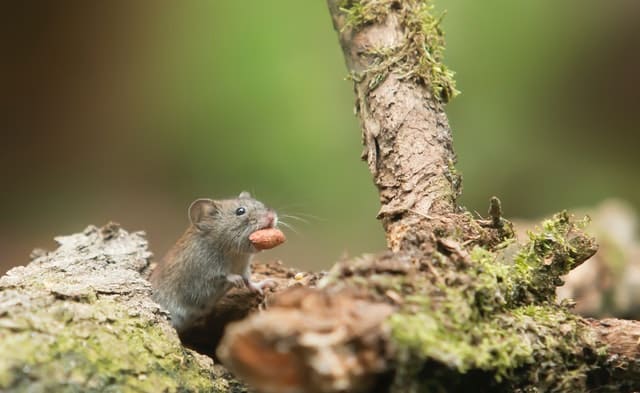
Rats are often seen as dirty, verminous creatures that scurry in the shadows, but there is more. Rats are intelligent, social animals that can make great pets. Below are a few things you might have no idea about rats:
1. Rats have excellent memories and can learn to perform complex tasks.
2. Rats appreciate communicating with their human sidekicks and need a lot of improvement to remain cheerful and solid.
3. Rats are clean animals. They groom themselves frequently and prefer to keep their sleeping area clean.
Did you know that rats can swim for up to three days?
4. Rat swimming is a surprisingly common phenomenon. They are excellent swimmers, and rats have been known to swim for up to three days straight!
This ability is likely due to their strong sense of balance and webbed hind feet, which act like natural flippers.
While most rats avoid water if they can help it, they are excellent swimmers and can even tread water for long periods. So next time you see a rat darting across the street, remember that it’s not just survival; it’s also an accomplished swimmer.
5. Rats Have Great Climbing Ability. Perhaps the most impressive thing about rats is their climbing ability.
Rats have long, agile tails that help them balance on narrow ledges. Their claws are also very sharp, allowing them to scale vertical surfaces quickly.
6. Rats can squeeze through holes; if that wasn’t enough, rats could also squeeze through holes less than half an inch in diameter. They are likewise profoundly friendly animals and live in enormous groups called “colonies.”
7. Rats are so social that they have been known to share food with other rats, even if unrelated. Rats are also very adept at problem-solving and have been known to figure out complex puzzles.
So, the next time you see a rat, take a moment to appreciate its many exceptional qualities. So are you looking for a pet that will keep your feet on the ground and challenge you? Then why not consider getting an animal with a personality like a rat?
The Bottom Line – How long do rats live
On average, rats live for about two years. However, this lifespan can vary significantly depending on several factors, including diet, habitat, and predation. In captivity, rats often live longer than their wild counterparts due to access to food and shelter.
Additionally, domesticated rats are typically smaller than their wild counterparts and have a less active lifestyle, contributing to a longer lifespan.
Although rats have a relatively short lifespan, they reproduce quickly, with litters of up to 12 offspring. As a result, rats can maintain their population despite high levels of predation.
If you like reading more about other mammals, look at our wild cats or farm animals articles. Or you are Killing Rats with Salt.
Join our Forum for free today!

- These are The 5 Largest Great White Sharks Ever Recorded - July 19, 2024
- The Surprising Benefits of Big Game Hunting - July 18, 2024
- $100k+ Hunting Experiences The Most Expensive Animals to Pursue - July 17, 2024

